9- The Role of Nude Modeling in Society and Art
So, what’s the big deal about nude modeling anyway? Believe it or not, it plays a pretty fascinating role! This section explores how posing nude has shaped art for centuries and continues to challenge ideas about the human form. We’ll look at its importance, tackle some common misconceptions, and appreciate how it contributes to culture in ways you might not expect.
Body Positivity and Self-Expression Through Nude Modeling
Nude modeling is about taking back control. It’s about standing in front of a camera, an artist, or an audience and saying, This is me. This is my body. And I’m not ashamed. In a world that constantly tells us how we should look, what we should cover up, and what parts of ourselves are “acceptable,” nude modeling is an act of defiance, an unapologetic statement that every body—every shape, every size, every wrinkle, every scar—is worthy of being seen.
For some models, that first nude shoot is terrifying. Years of internalized insecurities don’t just disappear overnight. Maybe you’ve spent a lifetime being told that your body should be thinner, smoother, taller, curvier—anything but what it actually is. Maybe you’ve been conditioned to believe that nudity is something shameful or that exposing your body means inviting judgment. And yet, the moment you step in front of that camera, something shifts. At first, there’s hesitation. Then, maybe, a spark of confidence. And with every shot, every pose, every click of the shutter, you start seeing yourself differently—not as a collection of flaws, but as a whole, living, breathing work of art.
The beauty of nude modeling is that it doesn’t cater to society’s standards of attractiveness—it throws them out the window. There’s no need for shapewear, for filters, for impossible angles that make you look like someone you’re not. The camera doesn’t care if you have stretch marks, cellulite, or scars. The artist doesn’t ask you to “fix” anything before they pick up their brush. Nude modeling isn’t about perfection. It’s about presence. About existing in your body without apology.
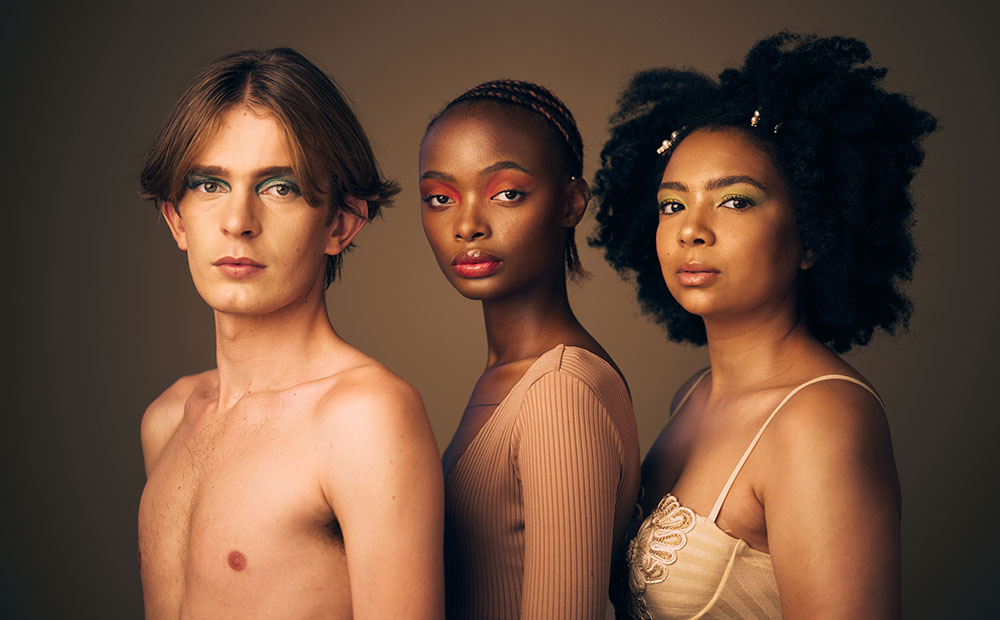
And for many models, that’s where the real self-expression begins. Once the fear fades, what’s left is freedom. Freedom to pose however feels natural, to show vulnerability, to own your sensuality, to explore sides of yourself you never let the world see. Some models use their work to reclaim their bodies after trauma. Others find confidence they never thought they had. Some simply love the way light moves across their skin and want to be part of something beautiful. Whatever the reason, the power of nude modeling is in its ability to make you feel—alive, unfiltered, and undeniably yourself.
Of course, this doesn’t mean every moment is easy. Even the most experienced models have days where they feel awkward, where insecurities sneak in, where they wonder how their body will be perceived. But with time, something incredible happens—you start seeing yourself through the eyes of art. Not as a body that needs to be hidden or improved, but as a form, a shape, a story. And once you’ve seen yourself that way, you can’t unsee it
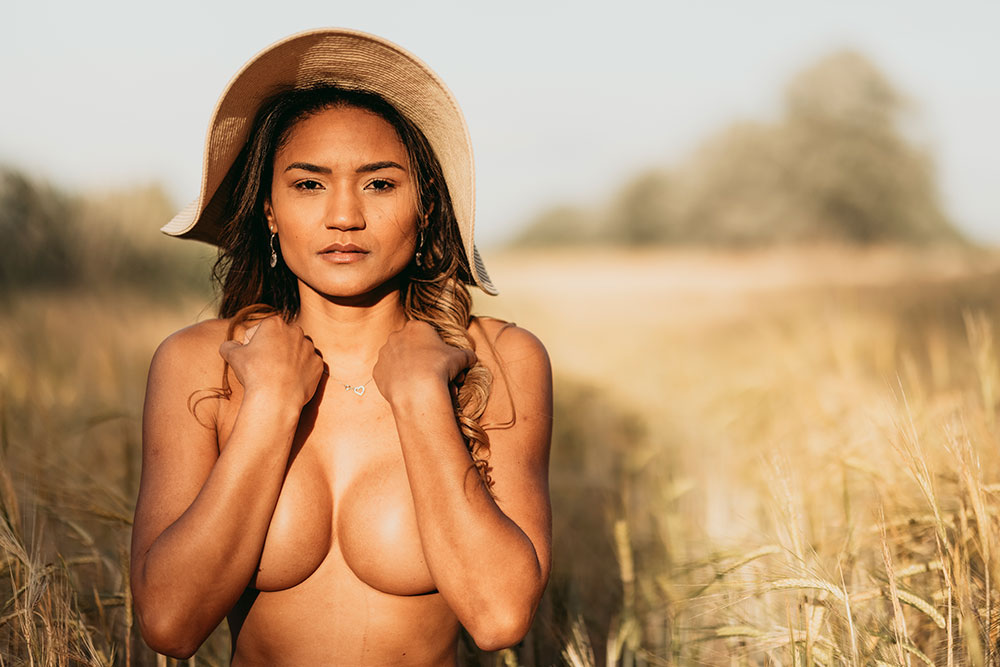
How Nude Modeling Challenges Beauty Standards
Strip away the fashion trends, the filters, the impossible expectations, and what’s left? A body—real, raw, and completely unapologetic. That’s the essence of nude modeling. In a world that constantly tells us how we should look, nude modeling dares to ask: But what if we were enough exactly as we are?
For centuries, beauty standards have been dictated by whatever sells—magazines, fashion, plastic surgery, diet culture. It’s a game of constant reinvention: thin in the ’90s, curvy in the 2000s, toned in the 2010s, whatever’s trending next. The rules are ever-changing, but the message stays the same: you are never quite enough.
Then comes nude modeling, defying all of it. There’s no designer label, no retouching, no one-size-fits-all definition of attractiveness. The body, in its natural state, is art. The stretch marks, the scars, the soft stomachs, the sharp collar bones—every detail that mainstream beauty edits out becomes the focus. This isn’t about the “perfect” body; it’s about the real body. And in that realness, beauty takes on an entirely different meaning.
For those who model nude, the experience is often a turning point. Maybe they’ve spent years battling insecurities, only to see those very insecurities transformed into something striking through the eyes of an artist. A curve they once hid becomes the highlight of a composition. A line they used to smooth out in photos becomes a detail that adds character. It’s a shift that doesn’t just happen in the studio—it follows them in everyday life. They start carrying themselves differently. They stop apologizing for the space they take up.
And for those who view nude art, the impact is just as profound. When galleries and photographs showcase a diverse range of bodies—older, fuller, differently-abled, gender-diverse—they force us to reexamine what we’ve been conditioned to see as beautiful. Maybe beauty isn’t in the edited, impossible version of the human form, but in the honesty of it. Maybe it was never about perfection in the first place.
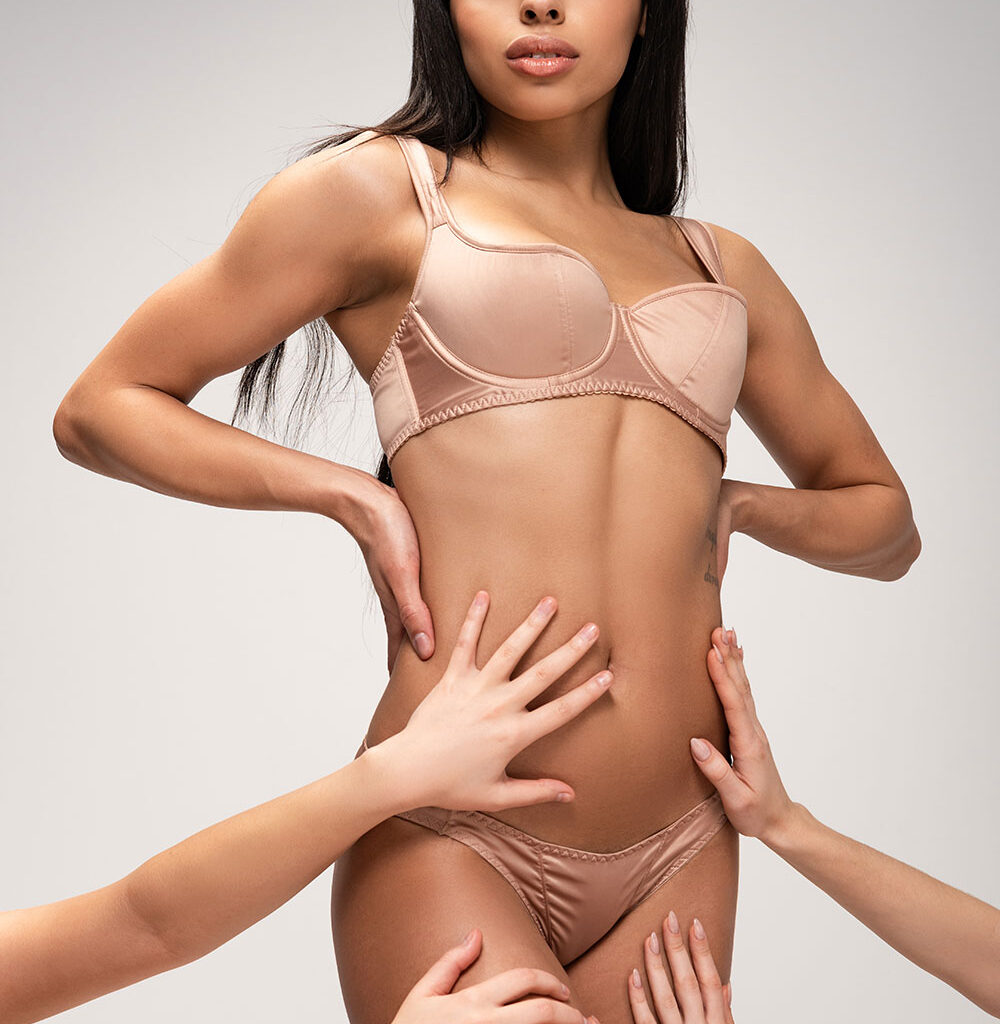
Feminism and Empowerment in the Nude Modeling Industry
Nude modeling has long been a battleground for debates about feminism, empowerment, and agency. Is it a celebration of bodily autonomy or an industry built on objectification? The answer, as with most things, is complex. But for many models, posing nude isn’t about being seen through the male gaze—it’s about reclaiming control over their own image, their own body, and their own narrative.
At its core, feminism is about choice. It’s about the right to define your own relationship with your body, your sexuality, and how you present yourself to the world. Nude modeling, when done on the model’s terms, is one of the purest expressions of that freedom. It challenges the idea that nudity is inherently sexual, that the female (or any) body is something to be hidden or censored, and that being comfortable in your own skin is something shameful.
a. Reclaiming the Female Body from the Male Gaze
For centuries, women’s bodies have been painted, sculpted, and photographed by men—often in ways that catered to male fantasies. Historically, nude artwork depicted women as passive, soft, delicate, existing for the pleasure of the viewer. But modern nude modeling, especially when initiated and controlled by the model herself, flips that narrative. Today’s nude models are not just muses; they are creators, collaborators, and active participants in their own representation.
Many female photographers and artists now specialize in capturing nude subjects from a perspective that is free from objectification. Their work focuses on strength, confidence, and the diverse reality of the female form—not just an idealized, sexualized version of it. This shift gives nude models more control over their own image. Instead of being passively observed, they are commanding the space, dictating the terms, and deciding how their body is portrayed.
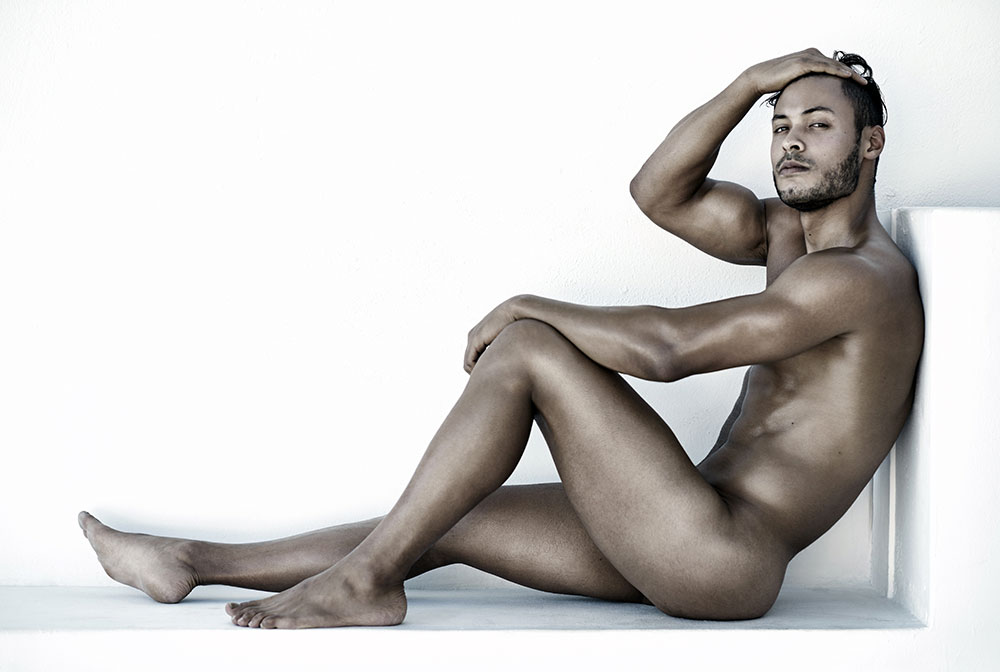
b. Nude Modeling as a Statement of Autonomy
For some, posing nude is an act of defiance. Society conditions people—especially women—to feel ashamed of their bodies, to cover up, to strive for unattainable standards of beauty. Choosing to pose nude can be a direct challenge to those expectations. It’s saying, I refuse to hide. I refuse to be ashamed.
There’s something incredibly powerful about stripping down, not for approval, not for validation, but for yourself. Many models describe the experience as liberating—shedding not just clothes but years of insecurity and societal conditioning. Instead of viewing their body through the lens of what needs to be “fixed” or “improved,” they start seeing it as something worthy of appreciation exactly as it is.
c. The Intersection of Nudity and Consent
One of the most important feminist aspects of nude modeling is the emphasis on consent. In an industry where exploitation can and does happen, ethical nude modeling spaces prioritize the model’s agency. This means clear boundaries, transparent contracts, and the ability to say no at any time without pressure. True empowerment in nude modeling comes from knowing that the model is in control—not the photographer, not the audience, not the industry.
This is why conversations about consent, contracts, and ethical collaboration are so crucial. Feminism in nude modeling isn’t just about the act of posing nude—it’s about ensuring that every model has the power to make decisions about their body, their image, and their career without coercion.
d. Challenging the Double Standard
Let’s be honest—when a man poses nude, he’s often seen as artistic, bold, maybe even daring. When a woman poses nude, the conversation immediately shifts. Is she being exploited? Is she seeking attention? Does this “ruin” her credibility? The double standard is alive and well.
Feminism in nude modeling is also about fighting these outdated perceptions. If a woman chooses to pose nude, it should be seen as exactly that—a choice. Not a cry for validation, not a moral failing, not an invitation for judgment. Models should not have to justify their decision to participate in an art form that has existed for centuries.
e. The Future of Feminism in Nude Modeling
As discussions around body positivity, representation, and agency continue to evolve, nude modeling is becoming a space where more people—regardless of gender, body type, or background—can feel seen and celebrated. The industry is shifting, with more models using their platforms to speak openly about their experiences, advocate for fair treatment, and redefine what it means to pose nude.
At its best, nude modeling embodies everything feminism stands for—choice, confidence, and the unapologetic ownership of one’s body. When done on the model’s terms, it’s not just about being seen. It’s about being heard. It’s about telling the world, This is my body, and I alone decide what to do with it.
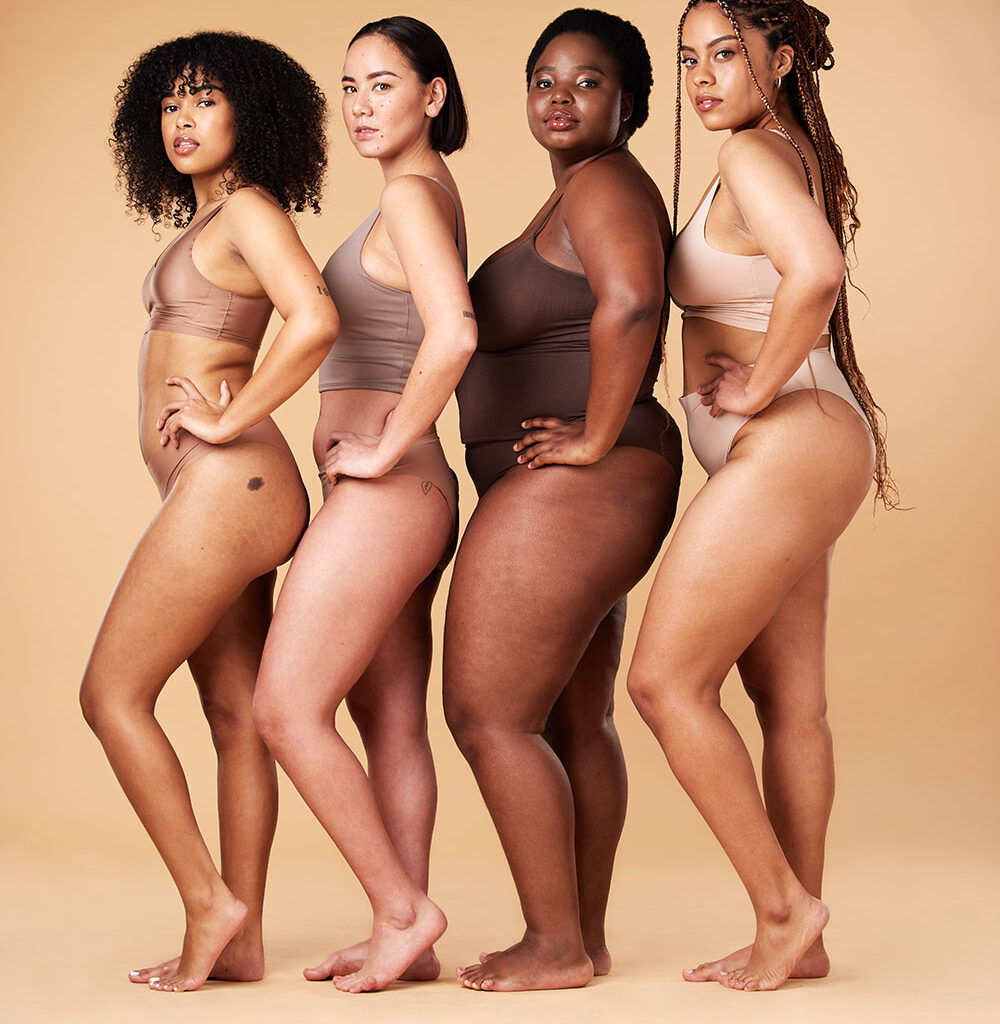
Representation of Different Body Types, Genders, and Ages in Nude Art
For centuries, nude art has been obsessed with a single ideal—youthful, slim, and often female. Historically, the human form in paintings, sculptures, and photography has reflected the biases of the time, favoring specific body types while ignoring the beauty and complexity of real diversity. But things are changing. The conversation around body representation is louder than ever, and nude art is evolving into a space where all bodies—not just the traditionally “ideal” ones—are being seen, celebrated, and given the artistic spotlight they deserve.
For centuries, nude art has been obsessed with a single ideal—youthful, slim, and often female. Historically, the human form in paintings, sculptures, and photography has reflected the biases of the time, favoring specific body types while ignoring the beauty and complexity of real diversity. But things are changing. The conversation around body representation is louder than ever, and nude art is evolving into a space where all bodies—not just the traditionally “ideal” ones—are being seen, celebrated, and given the artistic spotlight they deserve.
a. Breaking the Mold: More Than One Kind of “Beautiful”
There’s no universal standard for beauty, yet mainstream art and media have spent decades pretending there is. The tall, thin, young, and mostly white aesthetic has dominated everything from classical paintings to modern fashion photography. But the reality? The human body exists in infinite variations—soft, muscular, curvy, lean, short, tall, scarred, wrinkled, and everything in between.
More artists are now rejecting the outdated notion that only certain bodies are “worthy” of being captured in art. Instead, they are actively seeking to represent the full spectrum of humanity. The stretch marks, the asymmetries, the lived-in bodies that tell stories—these are no longer seen as imperfections but as essential details that make the human form so uniquely compelling.
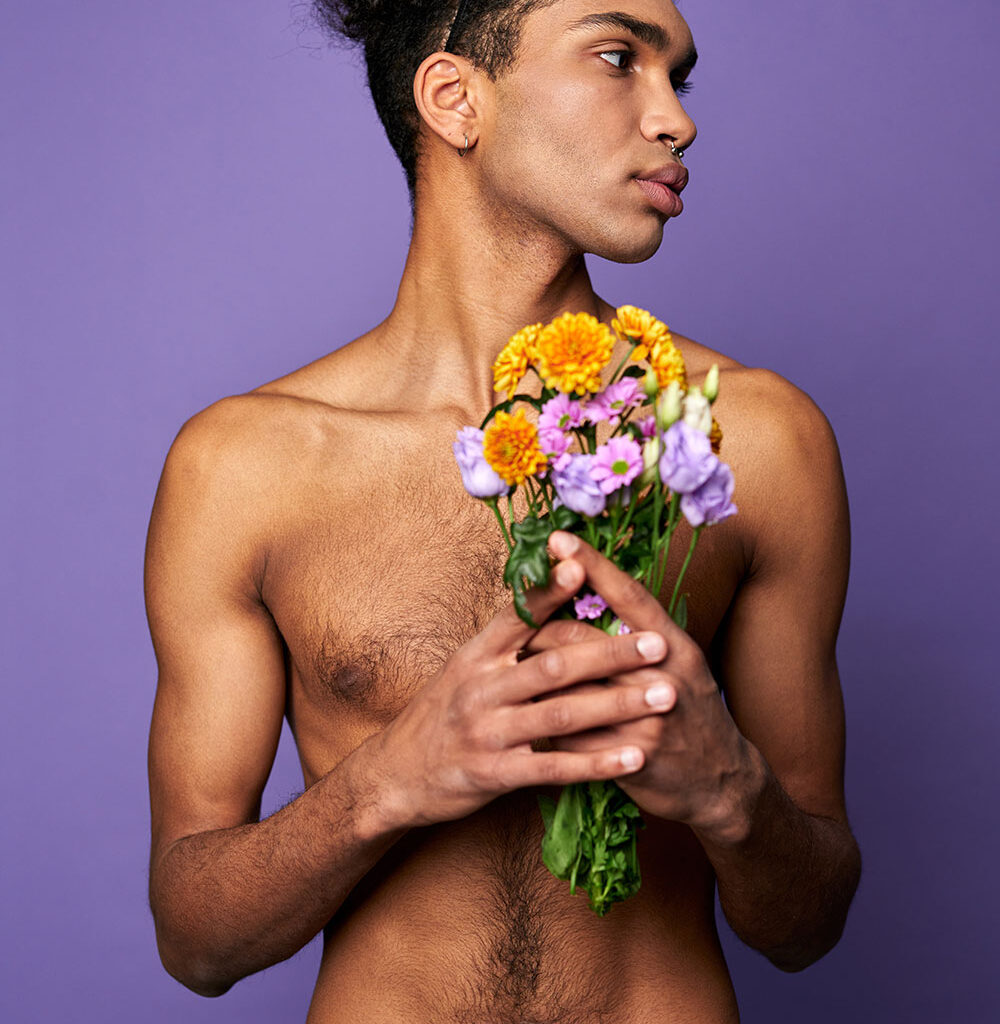
b. The Rise of Gender Diversity in Nude Art
For a long time, nude art operated within a strict binary—male and female, often with rigid portrayals of masculinity and femininity. Men were shown as strong, imposing figures, while women were depicted as delicate and passive. But gender is far more fluid than these narrow roles suggest, and modern nude art is finally catching up.
Trans and non-binary models are stepping into the spotlight, challenging traditional expectations of what a nude body “should” look like. Artists are exploring the beauty of androgyny, the nuances of transition, and the many ways gender can be expressed through the human form. These representations are crucial—not just for visibility but for the message they send: every body, regardless of gender identity, is worthy of artistic expression.
c. Age as an Artistic Statement
The art world has long fixated on youthful bodies, often treating aging as something to be hidden or ignored. But why? Age is not a flaw—it’s a testament to life lived, experiences gained, and stories worth telling. Older models, once overlooked, are now taking their place in nude art, challenging society’s obsession with youth and redefining beauty on their own terms.
Photographers and painters are capturing the elegance of aging skin, the dignity in every line and wrinkle, the power in a body that has carried someone through decades of life. These images don’t just serve as a contrast to youthful nudity—they stand as a reminder that beauty doesn’t expire, and artistic worth isn’t dictated by age.
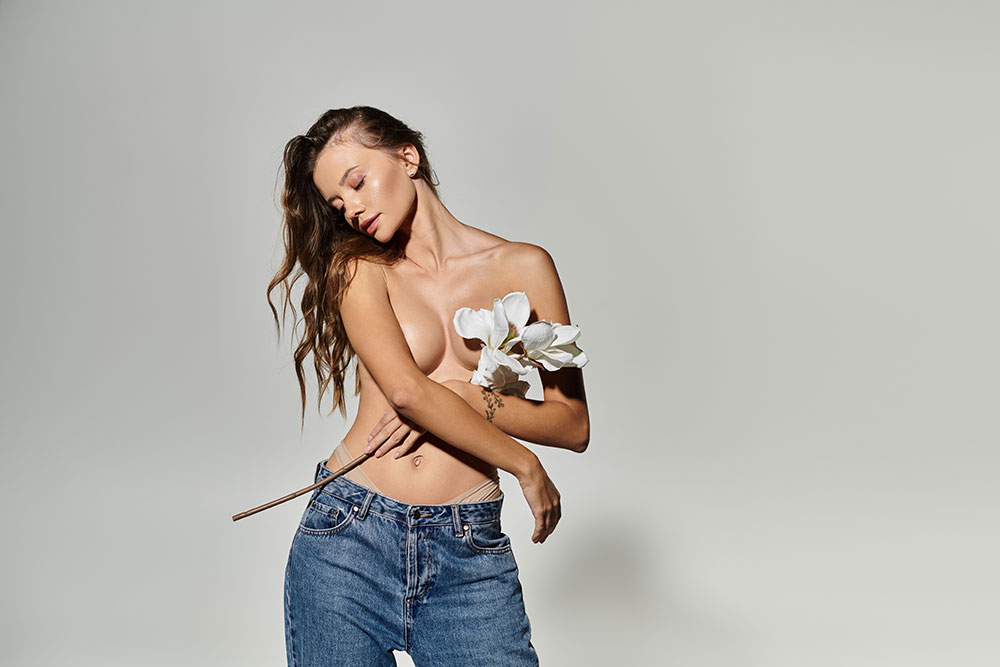
d. Why Representation Matters
When people see bodies like their own represented in art, it changes how they see themselves. It sends a message that all bodies—not just a select few—are valuable, interesting, and beautiful in their own right. It helps dismantle the idea that nudity is only for the young, thin, or conventionally attractive. It encourages self-acceptance and allows people to find beauty in the aspects of their own bodies they may have once felt the need to hide.
As nude art continues to evolve, it becomes more than just an aesthetic pursuit—it becomes a statement. A declaration that no one body holds more artistic value than another. That nudity, in its rawest form, is about truth, not perfection. That every scar, every fold, every expression of gender, and every stage of life is worthy of being seen.
The Evolving Perception of Nudity in Modern Media and Advertising
Over the years, the way nudity is used in advertising and media has shifted dramatically. From the subtle sensuality of vintage perfume ads to today’s raw and unfiltered body-positive campaigns, nudity has become more than just a tool for grabbing attention—it’s a statement about identity, freedom, and cultural values.
a. From Taboo to Trend: How Media Has Changed the Conversation
There was a time when even a hint of nudity in mainstream media would send shockwaves through society. In the mid-20th century, advertising and Hollywood strictly controlled how much skin could be shown. Fast forward to today, and nudity is everywhere—on billboards, in high-fashion campaigns, and all over social media.
The biggest change? The purpose of nudity in the media. It’s no longer just about selling sex appeal (though that still exists). Modern brands use nudity to promote authenticity, body acceptance, and even social movements. Dove’s “Real Beauty” campaign challenged airbrushed perfection by showcasing real, unedited bodies. Calvin Klein, once known for provocative and hypersexualized ads, now embraces diverse body types and gender identities in its campaigns.
Brands that once used nudity solely as a shock factor are now using it to tell stories—to show vulnerability, confidence, and raw humanity. It’s not about stripping down for attention; it’s about stripping down the filters and embracing reality.
b. The Fight Against Censorship and Double Standards
Despite this shift, nudity in media is still a battlefield of contradictions. Instagram and Facebook will allow near-naked celebrity photos but ban images of breastfeeding mothers. A topless man is acceptable in nearly every context, but a topless woman is deemed inappropriate.
This hypocrisy has led to movements like #FreeTheNipple, which challenge the way platforms and society regulate nudity. Artists, activists, and models are pushing back against outdated restrictions, arguing that nudity should not be automatically equated with indecency.
At the same time, modern media is finding creative ways to work around censorship. Fashion campaigns and artistic photography often use implied nudity—strategic shadows, blurred lines, or carefully placed objects—to maintain artistic integrity while avoiding bans. It’s a constant game of pushing boundaries while staying within societal limits.
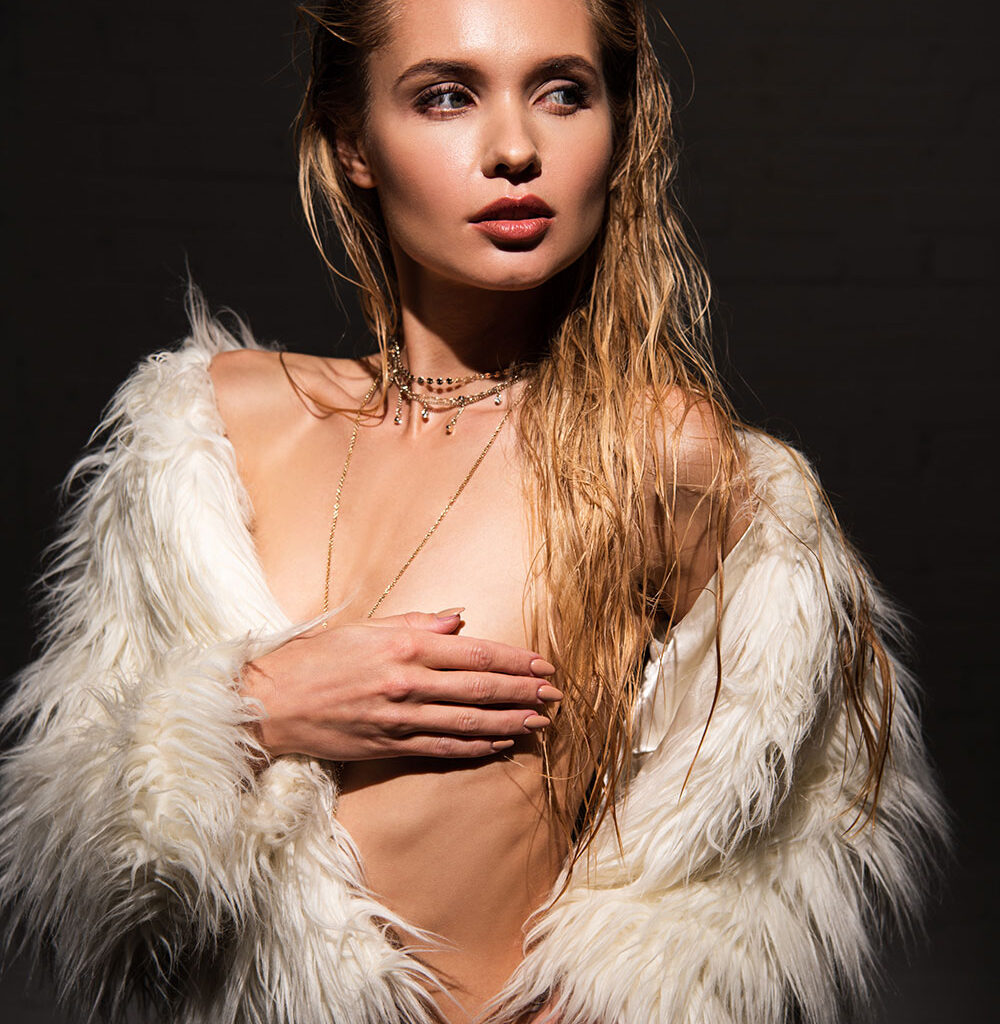
c. Nudity as Empowerment, Not Just a Marketing Gimmick
One of the biggest shifts in modern advertising is how nudity is being reclaimed—not as something done to models, but something owned by them. Instead of being objectified, models and artists are using nudity as a tool for empowerment.
Campaigns by brands like Aerie, Rihanna’s Savage X Fenty, and Pirelli’s artistic calendar shoots have prioritized diversity, showing bodies of all shapes, sizes, skin tones, and gender identities. This isn’t about perfection—it’s about representation.
The growing acceptance of nudity in media reflects a deeper cultural shift. People are tired of unrealistic beauty standards. They want to see real skin, real imperfections, real humanity. They want nudity that feels natural, not manufactured.
d. The Future of Nudity in Media and Advertising
So, where is all of this headed? Likely toward a future where nudity is less about shock value and more about self-expression. As society becomes more comfortable with diverse representations of the human body, the controversy around nudity may fade—leaving behind a media landscape where nudity is neither scandalous nor a gimmick, but simply a form of artistic and personal freedom.
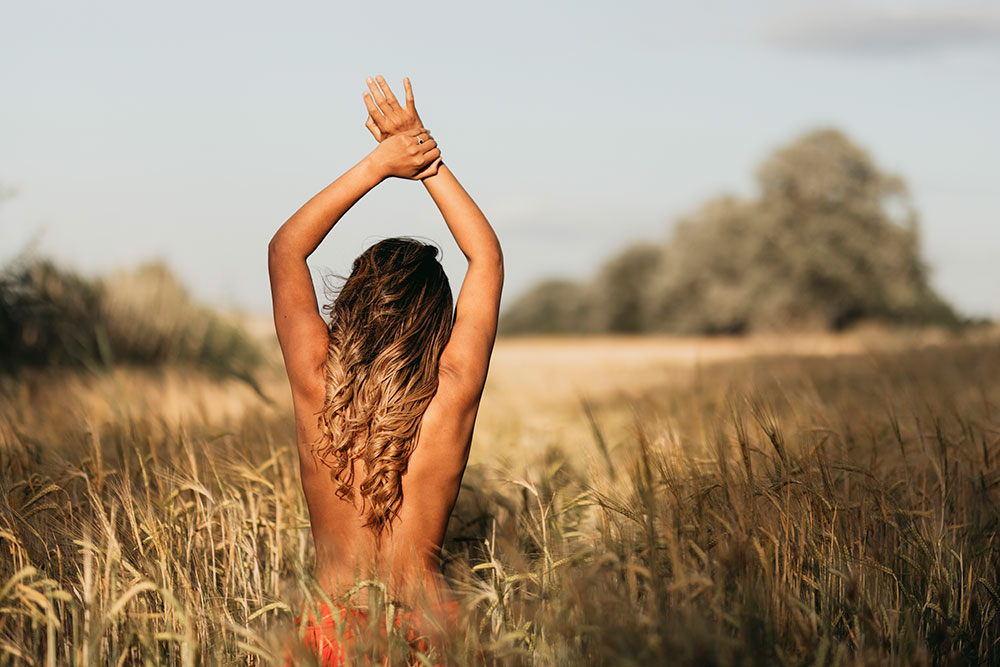
10- Ethical Considerations in Nude Photography and Modeling
Nude modeling is built on serious trust, right? So, let’s chat about the ethical side of things that keeps that trust strong. This isn’t just a checklist; it’s about how models and creators work together respectfully. We’ll cover navigating consent clearly throughout a shoot, handling images responsibly down the line, and making sure the whole collaboration feels ethical and good for everyone.
The Responsibility of Photographers and Models in Creating Respectful Work
Nude photography walks a fine line between art and exploitation. When done right, it captures raw beauty, vulnerability, and the essence of human expression. But when ethics take a backseat, it becomes something else entirely—something uncomfortable, something harmful. That’s why both photographers and models carry an immense responsibility. It’s not just about snapping photos or striking poses; it’s about ensuring that the work remains rooted in respect, trust, and clear boundaries.
For photographers, this means understanding that their role extends far beyond pressing a shutter button. They aren’t just creating an image; they’re shaping an experience. The way they communicate, the atmosphere they set, the level of care they bring into the space—it all determines whether a model feels empowered or objectified. A professional photographer will always establish clear expectations before the shoot even begins. They’ll sit down with the model (or at the very least, exchange detailed messages) to go over the shoot’s concept, the level of nudity involved, and exactly how the images will be used. There should be no surprises, no last-minute changes that make a model feel pressured. The moment a photographer pushes for more than what was agreed upon, the trust is broken. And in nude photography, trust is everything.
Equally important is what happens after the shoot. Ethical photographers understand that once an image is captured, it carries weight. Who has control over the final product? Where will it be published? Will the model have a say if they later change their mind about an image being shared? A responsible photographer treats these questions with the seriousness they deserve. The internet is forever, and a model’s comfort should always outweigh any artistic ambition.
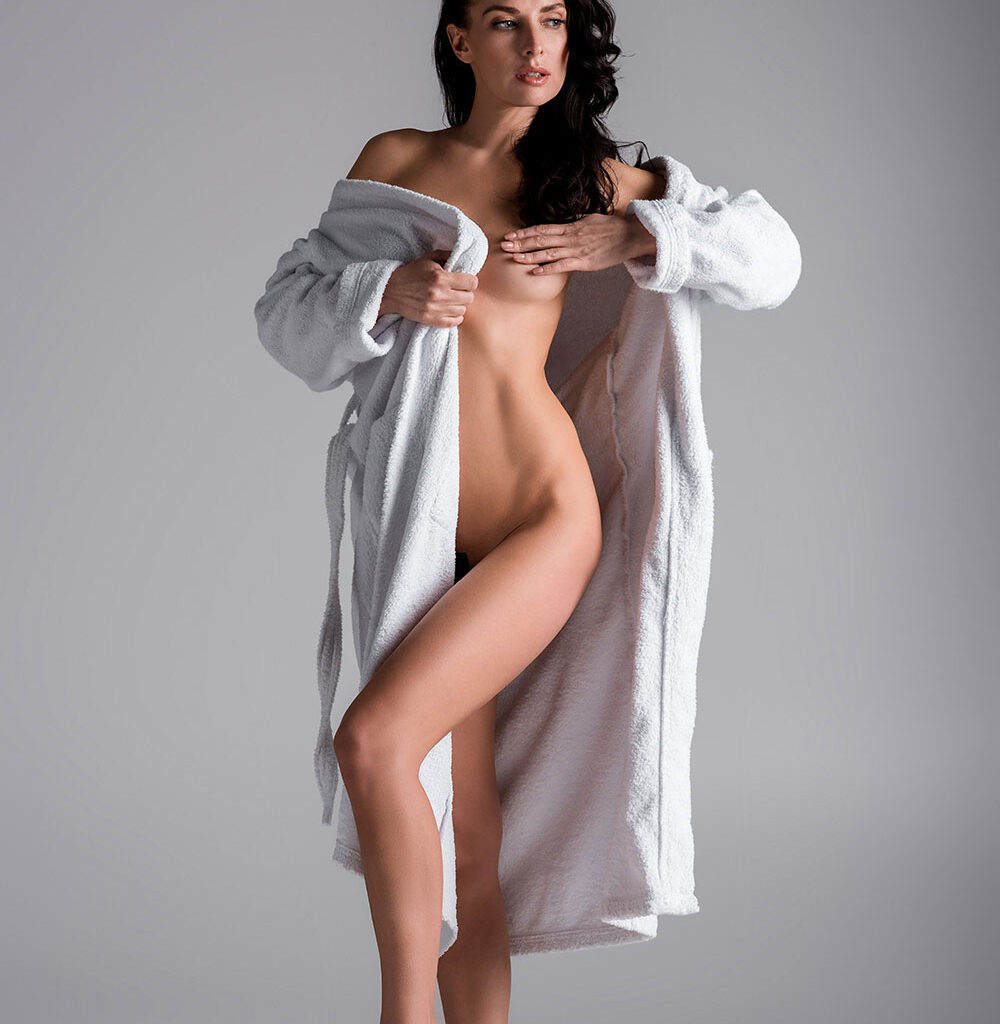
But the responsibility isn’t just on the photographer. Models, too, have to be their own strongest advocate. The best nude models don’t just pose; they take control of their presence. They walk into a shoot knowing exactly where their boundaries lie and refuse to let anyone blur those lines. If something feels off—whether it’s an unprofessional request, a photographer’s demeanor, or even just an uncomfortable pose—speaking up is not only valid, it’s necessary. Silence can lead to situations where models feel pressured into doing something they regret. A professional model knows that their consent is ongoing—just because they agreed to a certain level of nudity at the start doesn’t mean they have to continue if they feel uncomfortable.
There’s also the matter of choosing the right people to work with. Researching photographers, checking their previous work, reaching out to other models for feedback—these are steps that can make all the difference. Ethical photographers will have a strong reputation, not just for their artistry, but for how they treat their models. If a photographer has a history of questionable behavior, that’s not someone worth taking a risk on.
When both the model and the photographer prioritize respect, the result is work that honors, rather than exploits. Nude photography, at its best, is not just about the body; it’s about storytelling, emotion, and human connection. It’s about creating images that feel powerful, not invasive. It’s about making sure that, long after the shoot is over, both model and photographer can look back at the work with pride, knowing it was created with integrity.
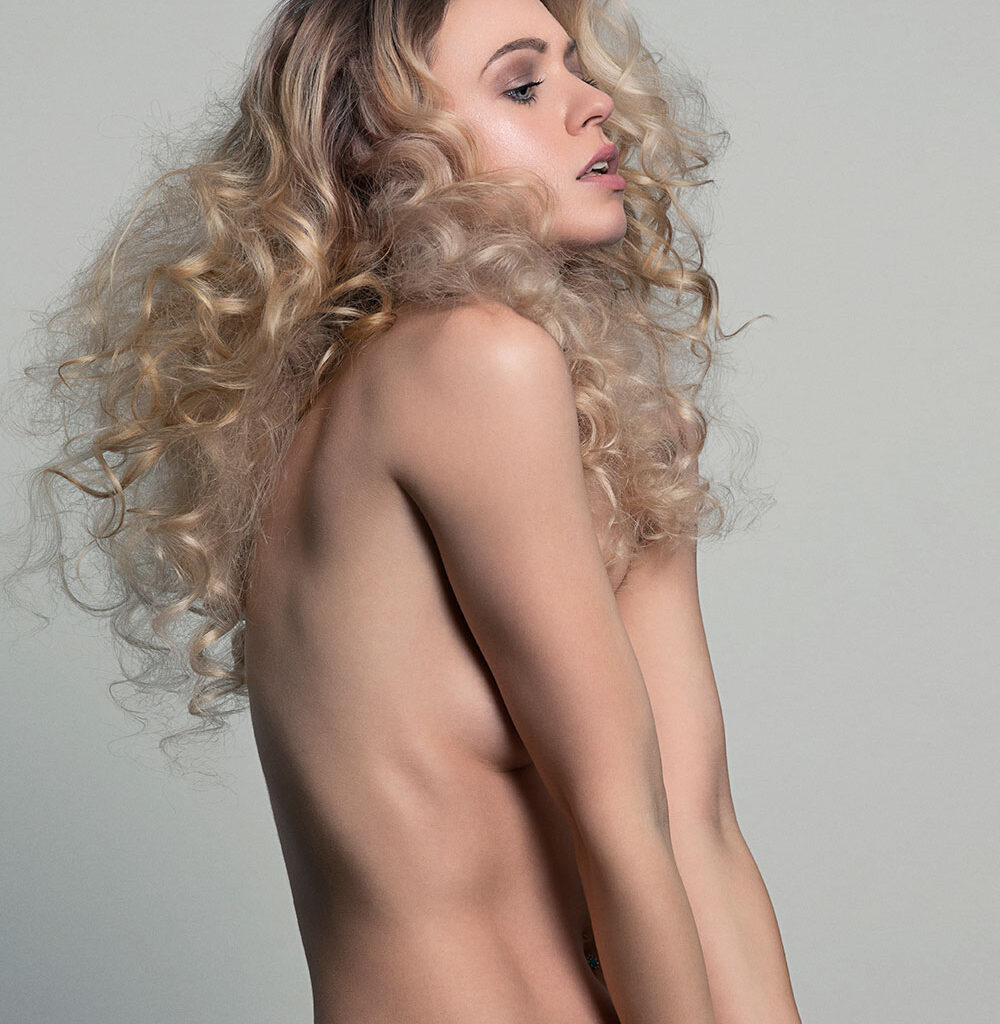
Avoiding the Objectification of Nude Models
There’s a fine line between appreciation and objectification, and nude modeling often finds itself walking that tightrope. The human body, when captured through art or photography, has the power to tell stories, evoke emotion, and challenge perceptions. But when the focus shifts from artistic intent to mere consumption, when the model becomes a body rather than a person, that’s when objectification creeps in.
At its core, the difference lies in perspective. True artistic nude work sees the model as an essential collaborator, not just a subject to be captured. Their presence is not just about form and shape but about expression, vulnerability, and narrative. A model isn’t a blank canvas for someone else’s vision—they bring their own energy, their own control, and their own say in how they are portrayed. Objectification happens when that agency is stripped away, when the body is reduced to something to be admired, dissected, or judged rather than understood.
For photographers and artists, the responsibility begins with intent. Why are they creating nude work? Is it to celebrate the human form, to explore themes of identity, power, or beauty? Or is it just about capturing skin for the sake of it? The distinction matters. Ethical photographers work with models, not just in front of them. They listen, collaborate, and ensure that the images produced reflect mutual respect. They focus on lighting, emotion, and movement just as much as they do on the model’s physicality.
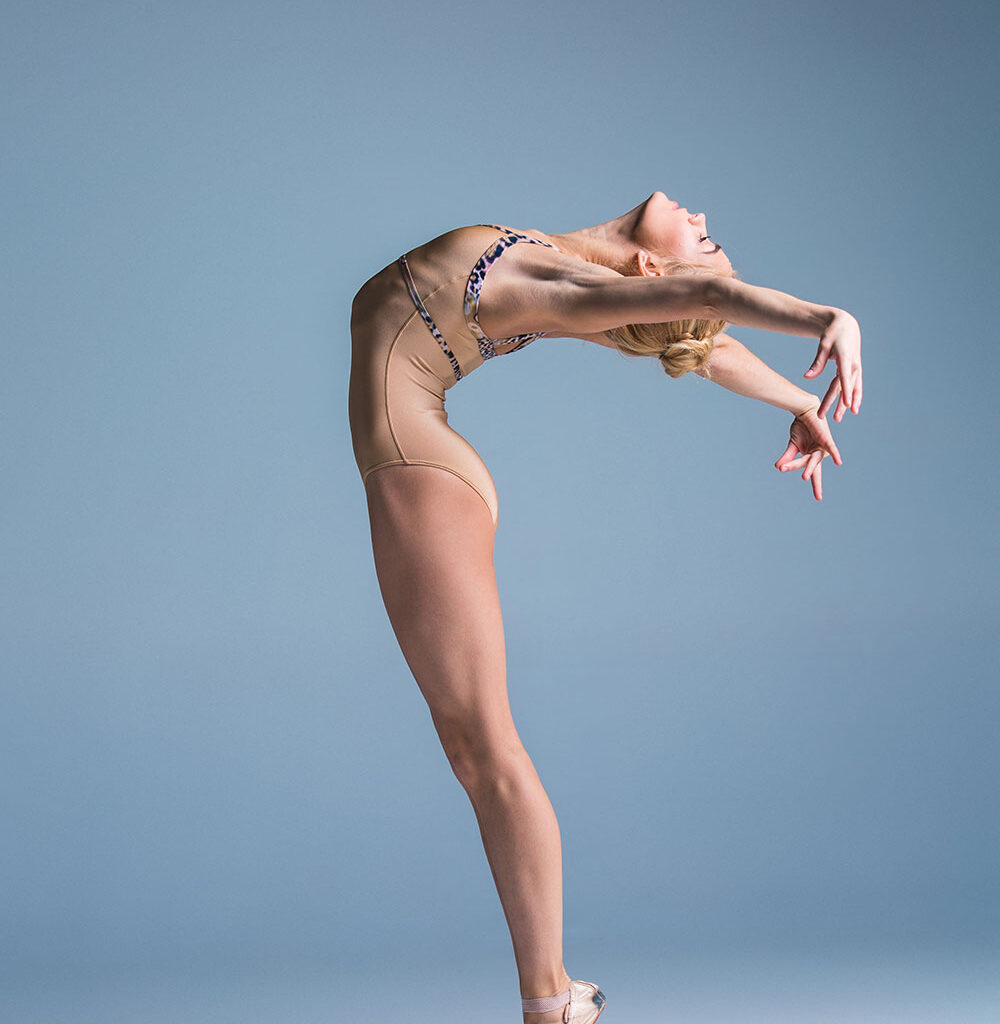
Language also plays a crucial role. How a model is spoken to, how their work is described, and how their images are presented can reinforce either artistic value or objectification. Calling a model “sexy” rather than “strong” or “elegant” shifts the perception of their work. Framing nude images solely around desirability rather than artistry sends a message about intent. Even the way people discuss nude modeling—whether they view it as a legitimate form of art or something taboo—impacts whether a model is seen as a professional or as just a body on display.
Models themselves also have power in preventing their own objectification. Choosing who to work with, setting boundaries on how they want to be portrayed, and making sure they feel comfortable speaking up during shoots are all ways to ensure they maintain control. A nude model isn’t passive—they are active participants in their craft. They decide what is acceptable, what aligns with their personal values, and what kind of work represents them best.
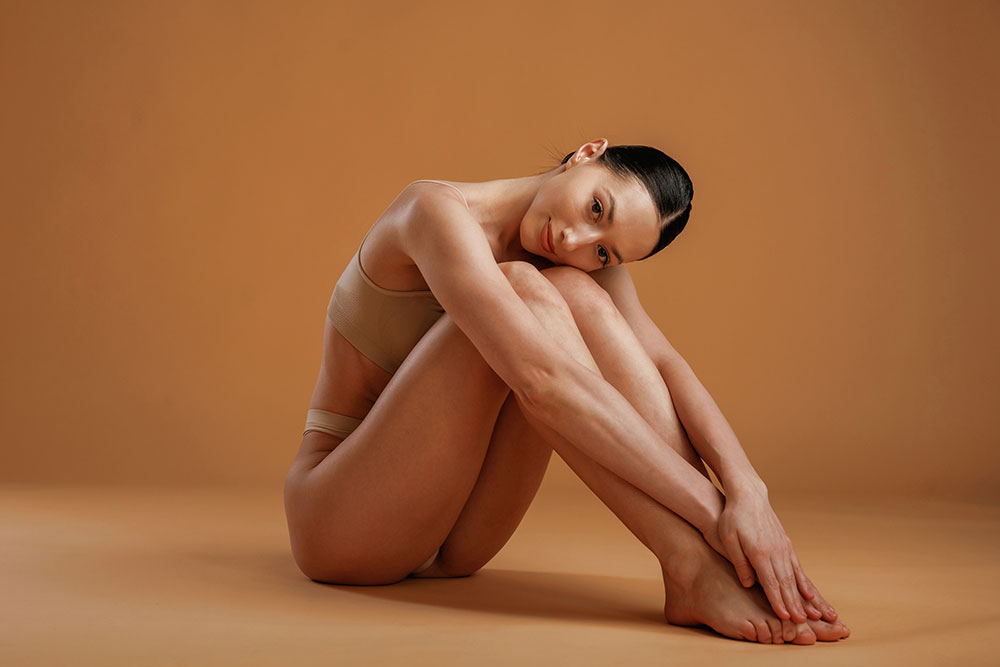
How the Industry Can Promote Body Diversity and Inclusivity
For too long, nude modeling has been shaped by an unspoken rule: beauty belongs to the young, the toned, the symmetrical. But the reality of the human body is far more expansive, and if nude art is meant to be an honest reflection of humanity, then it must embrace that full spectrum. The industry doesn’t just need to “allow” diversity—it needs to make it the standard.
The problem starts with visibility. When people don’t see their body types represented in nude art, they internalize the idea that they don’t belong in it. Historically, galleries and publications have favored a particular aesthetic—slim, youthful, smooth-skinned—leaving little room for variation. But the human body isn’t a monolith. It exists in infinite forms, and art should reflect that. That means showcasing models of all body types, ages, genders, and abilities, not as exceptions, not as “alternative beauty,” but as equally valid representations of the nude form.

But representation alone isn’t enough. The industry needs to rethink how it portrays diverse bodies. Too often, when photographers or publications include plus-size, disabled, or older models, they frame it as an act of defiance—look how brave this is! But why should existing in one’s skin be seen as a statement? Why should natural variations in body shape, scars, stretch marks, or wrinkles be categorized as “unconventional” instead of simply human? True inclusivity means capturing all bodies with the same artistic respect, without positioning them as an anomaly.
Photographers and artists hold immense influence in shifting these narratives. The way a model is framed, lit, and directed can determine whether they are seen as art or simply as bodies on display. Diverse subjects deserve the same attention to detail, the same reverence for form, the same depth of storytelling as the traditionally idealized figures. And beyond just imagery, it’s about creating a space where all models feel valued and empowered—where they aren’t seen as a “diversity pick” but as an integral part of the creative process.
The responsibility also extends to agencies, online platforms, and casting calls. Many aspiring nude models hesitate to step forward, not because they lack confidence, but because they anticipate rejection based on industry biases. This is where change must happen. Agencies that actively seek a range of body types, photographers who prioritize working with diverse subjects, and platforms that celebrate variation rather than tokenizing it—these are the forces that will reshape the industry.
And then there’s the audience. The way we consume nude imagery matters just as much as how it’s created. If viewers are conditioned to see only one kind of body as “worthy” of artistic representation, they will continue to judge all others as outliers. This is why media literacy—understanding why certain body types are shown more than others and questioning those patterns—is crucial. Nude modeling can be a powerful force in breaking down beauty myths, but only if artists, models, and audiences work together to rewrite the script.
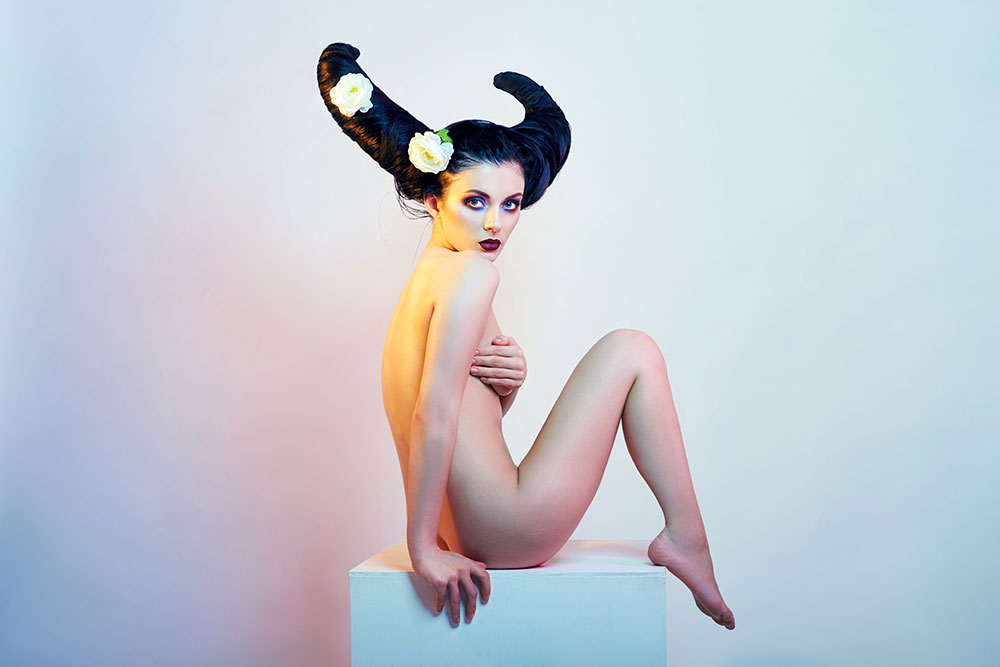
The Impact of AI and Deepfake Technology on Nude Imagery
The rise of artificial intelligence and deepfake technology has fundamentally reshaped how we view and create images, particularly in the realm of nude art. While AI has the potential to revolutionize many industries—art, photography, and modeling included—it also brings with it significant ethical concerns, particularly around consent, privacy, and the objectification of individuals. The ease with which AI can now manipulate, generate, or alter nude images raises unsettling questions about control, identity, and the authenticity of the human form.
At its core, deepfake technology allows for the hyper-realistic creation of images or videos that appear completely authentic but are entirely fabricated. In the context of nude imagery, this means that anyone’s likeness can be digitally altered, often without their knowledge or consent. What was once a painstaking, manual process of photography and retouching is now automated, making it increasingly difficult to distinguish between real and fake. For models and artists, this blurs the line between legitimate artistic work and exploitation.
For those who have worked in the nude modeling industry, the rise of AI presents a unique dilemma. In an environment where consent is crucial—where models explicitly control how and when their bodies are depicted—AI disrupts that dynamic. Deepfakes can create nude images of individuals without their participation, undermining the consent-based foundation that underpins ethical nude modeling. For a model, the ability to set boundaries and control their image is paramount. AI and deepfakes strip that control away, turning personal likenesses into digital commodities that can be abused, exploited, or manipulated at will.
Moreover, the increasing use of AI-generated nude imagery could desensitize the public to the real, human experience of nudity. What happens when people become more accustomed to seeing perfect bodies, crafted by algorithms, rather than the natural variety that exists in the world? This contributes to the growing problem of unrealistic beauty standards, perpetuating the notion that real, unretouched bodies are somehow less worthy or less beautiful. In a world where deepfakes can fabricate idealized nudity, the authenticity of the human body risks becoming a lost art.
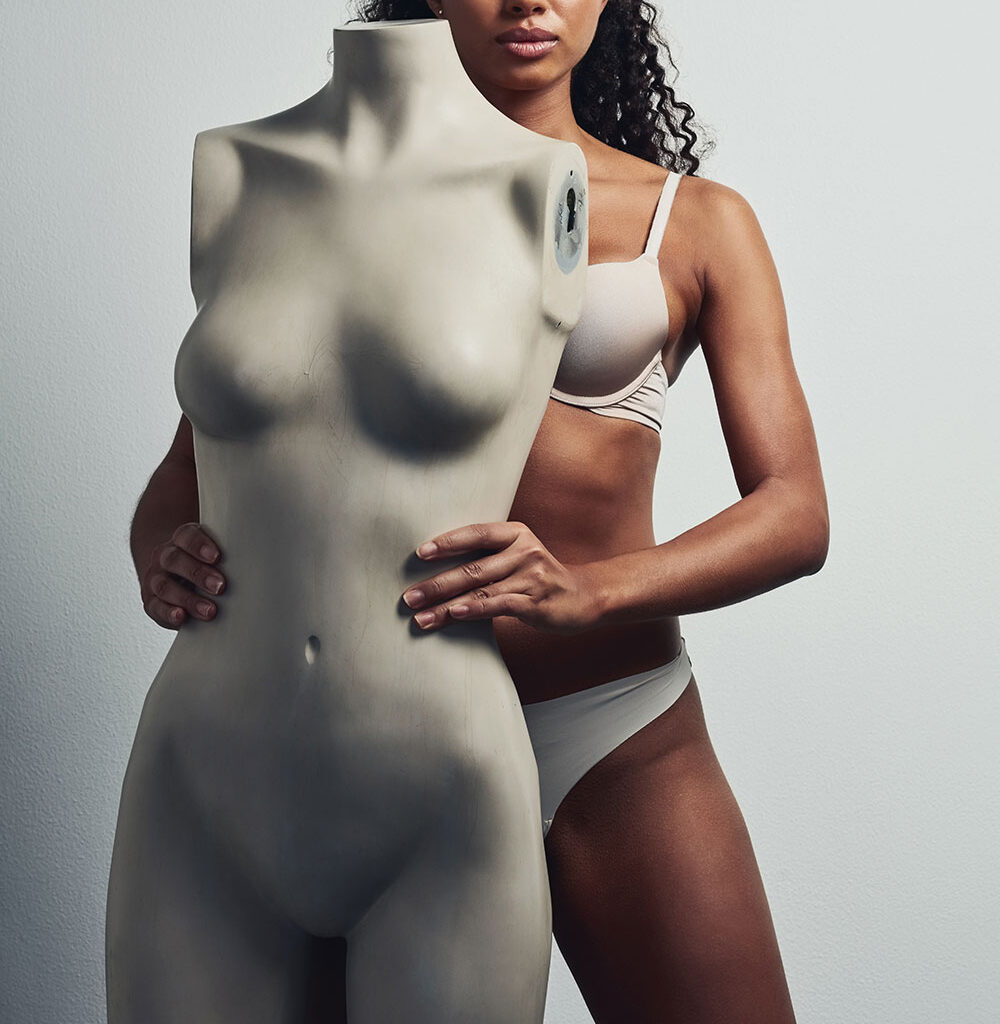
There are also significant risks tied to privacy and consent. In the age of social media and online platforms, the potential for deepfake imagery to go viral is a very real threat. A person’s image can be used to create explicit content and shared widely, even when they’ve never consented to such exposure. This is not only a violation of personal dignity but also a legal and psychological issue. It opens up a new avenue for harassment, revenge porn, and emotional trauma that wasn’t possible before the age of digital manipulation.
On the positive side, AI can also be used to create meaningful art that celebrates the human form in new and innovative ways. Artists and photographers can explore new techniques, styles, and expressions, pushing the boundaries of creativity. But, like all tools, AI can be misused. The key lies in ensuring that its application is rooted in respect, consent, and ethical consideration. For models, the ability to control their image will be even more important in this new digital age, as the line between art and exploitation becomes harder to define.
The impact of AI and deepfake technology on nude imagery will depend on how we as a society choose to navigate it. Will we use it as a tool for creative exploration, grounded in respect for the body and the individual? Or will it continue to contribute to the erosion of consent, privacy, and authenticity? The answer to that question lies in the collective responsibility of artists, models, consumers, and lawmakers to set ethical standards for how technology intersects with art and human dignity.
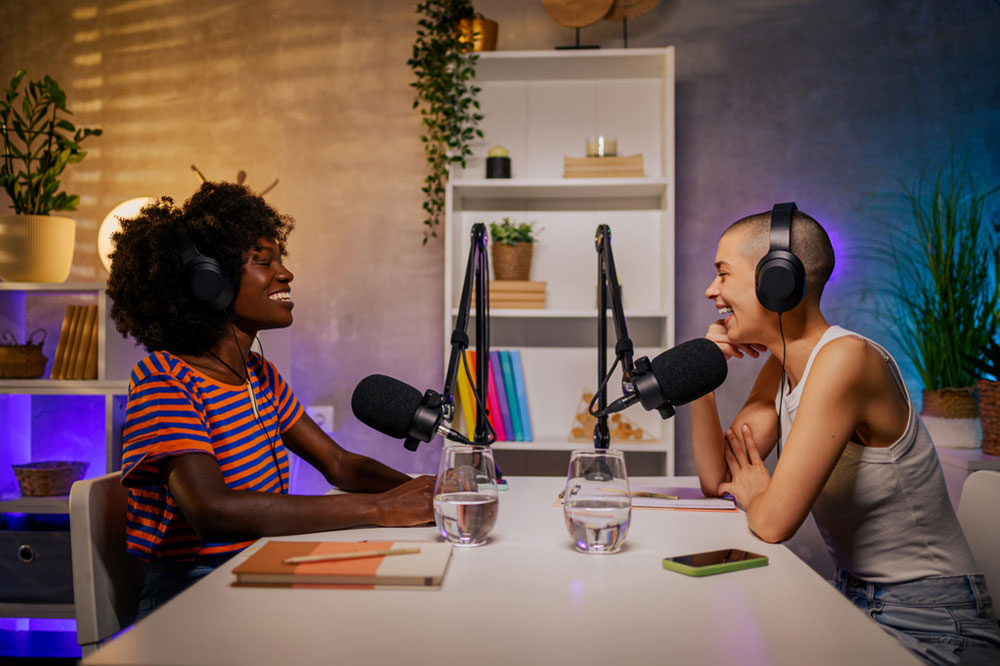
11- Resources and Support for Nude Models
Wondering where to find reliable info or connect with other nude models? We’ve got you covered! This section lists out useful resources – websites, communities, maybe even legal aid pointers – designed to support you. It’s all about giving you the tools and connections to navigate the industry safely and confidently.
Online Communities and Forums for Nude Models
These communities often provide safe spaces for discussion, advice, and networking:
Model Mayhem:
One of the most popular platforms for models, photographers, and other creatives, Model Mayhem has a dedicated forum where nude models can interact, seek advice, and find work opportunities. The site is focused on all types of modeling, including nude, fashion, and artistic work.
The Art Nude Forum:
A forum specifically dedicated to the artistic side of nude modeling and photography. It’s a place where models and photographers can share their work, ask questions, and engage in discussions related to the art form.
Nude Models
A specialized online community that connects professional nude models with photographers and artists. It’s a networking hub where models can create profiles, share portfolios, and join discussions with others in the industry.
r/nudemodeling:
A subreddit dedicated to discussing nude modeling. It’s a place for models to talk about their experiences, get advice, share their work, and connect with others in the industry. The community is quite open to discussing both the artistic and practical sides of nude modeling.
r/ArtNude
While not exclusively a forum for models, this subreddit focuses on the artistic side of nude photography and modeling. Many models participate to showcase their work and engage in discussions about body image, art, and technique.

Model Society
another well-known and respected platform specifically dedicated to fine art nude modeling. It stands out as a premium community for both models and photographers who focus on artistic nude work, offering a professional and curated space for high-quality collaboration.
Facebook Groups
There are several private and public Facebook groups for models and photographers, many of which have specific subgroups for nude models. These groups can be great for advice, support, and job opportunities. Examples include “Nude Models” and “Art Models and Photographers” groups.
Before joining any of these communities, it’s important to carefully read and understand their rules, especially around safety and privacy. Online forums can be a great resource for models, but they should always prioritize their privacy and well-being when interacting with others.
Unions and Organizations That Protect Models’ Rights
Here are some of the most recognized organizations that focus on models’ rights and protection:
The Modeling Association (TMA)
The Modeling Association is a global organization that provides support, resources, and education to models of all types. It aims to promote ethical standards in the industry, including fair treatment, proper payment, and safety for all models. TMA offers legal advice and professional advocacy, ensuring that models understand their contracts, rights, and responsibilities. The association also works to establish industry-wide best practices and holds members accountable to those standards.
Actors’ Equity Association (AEA)
While primarily focused on actors, the Actors’ Equity Association also offers protections for models who may be involved in commercial or theatrical work. It provides contracts, wage guidelines, and other forms of legal protection. Models working with agencies or in productions related to theater or film may find AEA membership beneficial for ensuring that their rights are respected during shoots or performances.
The Freelance Photography and Model Union (FPMU)
The Freelance Photography and Model Union is designed for freelance photographers, models, and other creatives working in the photography industry. The organization helps models navigate issues related to pay, working conditions, and copyright concerns. It also advocates for fair contracts and works toward eliminating exploitation in the freelance modeling sector, including in niches like nude modeling. The union provides members with access to legal resources, networking opportunities, and a community of like-minded professionals.
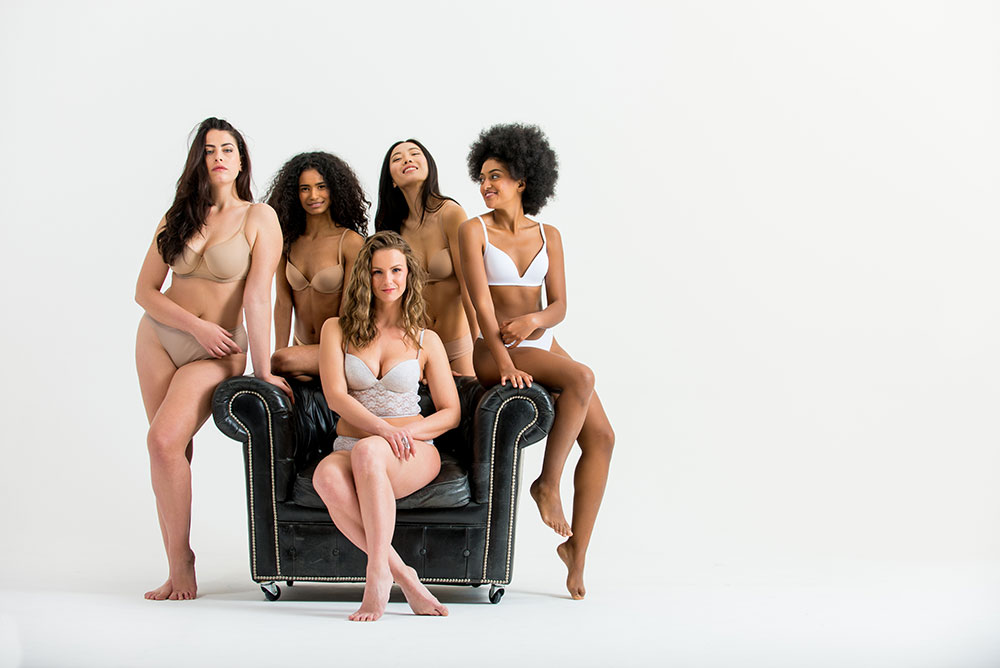
Professional Models Association (PMA)
The Professional Models Association is an international group that seeks to establish and uphold standards for models working in all areas of the industry, from fashion to art. The PMA focuses on protecting the rights of models by ensuring ethical working conditions and promoting fair pay. It also helps models negotiate contracts and set healthy boundaries in their work. The PMA works with agencies, photographers, and clients to advocate for a safer, more equitable modeling environment.
National Association of Model Agencies (NAMA)
NAMA works on behalf of professional model agencies to ensure that their models are treated fairly and legally within the industry. It offers resources for models to find reputable agencies, as well as guidelines for contracts and payment practices. NAMA advocates for a healthier modeling industry that treats all workers with dignity and respect, emphasizing inclusivity and diversity.
The International Federation of Actors (FIA)
The FIA is an international organization representing performers, including models working in commercial, artistic, or entertainment settings. While primarily focused on actors, it provides models in performance art, such as those working on TV commercials or in film, with legal protections and contracts. They focus on ensuring fair wages, work safety, and opportunities for all members of the performance industry.
The Model Alliance
The Model Alliance is a highly important nonprofit organization dedicated specifically to advocating for the rights of models. This organization pushes for better working conditions, including fair pay, safe working environments, and protection from harassment or exploitation. The Model Alliance is active in both fashion and artistic modeling, with a focus on educating models about their rights, improving health and safety regulations, and advocating for legal protections. They offer direct support to models dealing with issues like abusive contracts, exploitation, or harassment.
Equity in the Arts
While not exclusive to modeling, Equity in the Arts is an advocacy group that supports performers and artists in various industries, including modeling. The group focuses on combating discrimination, ensuring equal opportunities, and providing resources for artists, including those working as nude models. They help models understand their legal rights, connect with unions and professional organizations, and seek justice if they face exploitation or mistreatment in their work.
These organizations not only help models stay informed about their rights but also provide a safety net when it comes to legal protection, financial security, and ethical treatment. It’s important for any model—whether they’re just starting out or are well-established in the industry—to know that these organizations exist and that they’re not alone in their pursuit of fair, respectful, and professional working environments.

Where to Find Inspiration and Mentorship
Finding inspiration and mentorship as a nude model can play a crucial role in both personal growth and professional success. The modeling world, especially in the niche of nude modeling, requires a deep understanding of artistry, confidence, and the ability to navigate a complex industry. Here are some ways to find inspiration and mentorship:
a. Art Schools and Workshops
Art schools and workshops offer a wealth of opportunities to connect with experienced professionals, including fine art photographers, sculptors, and experienced models. Many art schools and universities offer life drawing classes or events where models and artists interact directly. Participating in these events can expose you to established professionals who can serve as mentors. Additionally, workshops often focus on refining technique, learning about different artistic styles, and understanding how to pose in ways that enhance artistic expression.
Many seasoned professionals are willing to offer guidance to those starting out in the industry. Look for mentors who are not only skilled artists but also have a genuine interest in helping you build your career.
b. Online Communities and Social Media
Platforms like Instagram, Model Mayhem, Model Society, and Reddit have vibrant communities of models, photographers, and artists who share their work, experiences, and advice. Following and interacting with experienced models or photographers can provide insight into the industry’s expectations, tricks of the trade, and potential pitfalls. Additionally, many Instagram profiles are dedicated to body positivity, artistic nudity, and empowering other models. Engaging with these spaces can help you find your own voice as a model.
Some experienced models and artists use their platforms to offer mentorship, either through direct messages or paid services such as consultations or online workshops. By following them, you can gain inspiration, learn new techniques, and even discover new ways to build your portfolio.
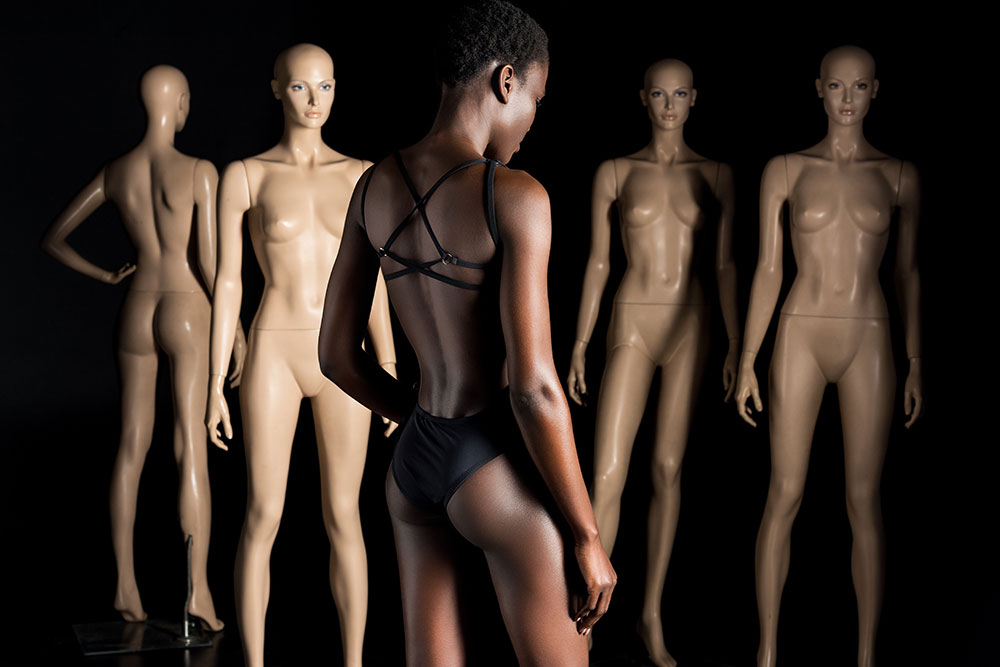
c. Photography Meetups and Networking Events
Networking is an excellent way to connect with potential mentors, and photography meetups or modeling workshops can be ideal environments to meet experienced professionals. These events often bring together people from all walks of the creative world—photographers, models, makeup artists, and stylists—and they provide a space where you can learn directly from those with more experience. The informal atmosphere also creates opportunities for genuine connections, making it easier to find someone who could guide you through the ups and downs of the industry.
Many established photographers or artists are open to mentoring models they admire. If you come across someone whose work resonates with you, don’t hesitate to reach out and ask about mentorship or advice.
e. Mentorship Programs and Agencies
Some modeling agencies and mentorship programs offer specific support for new or aspiring models, including those in the nude modeling space. While not all agencies focus on this niche, some, especially those with fine art or alternative portfolios, may offer mentorship opportunities. These programs typically provide resources like portfolio-building advice, legal assistance, networking opportunities, and career development.
Organizations like the Model Alliance also offer resources to connect models with mentors who can help guide them through the complexities of the industry. They emphasize ethical practices, self-advocacy, and financial management, which can be crucial in ensuring a successful career as a model.
f. Collaborating with Experienced Photographers and Artists
One of the best ways to gain both inspiration and mentorship is by working directly with photographers or artists who specialize in the genre of nude art. These professionals often have years of experience and a wealth of knowledge to share. Collaborating with them on photoshoots or projects allows you to learn firsthand about posing, lighting, and artistic direction. They may also offer constructive feedback and advice about how to navigate the business side of modeling.
Many photographers and artists value the process of sharing their expertise with newcomers. Reach out to those whose work you admire and inquire about shadowing or assisting on shoots to learn more about the craft.
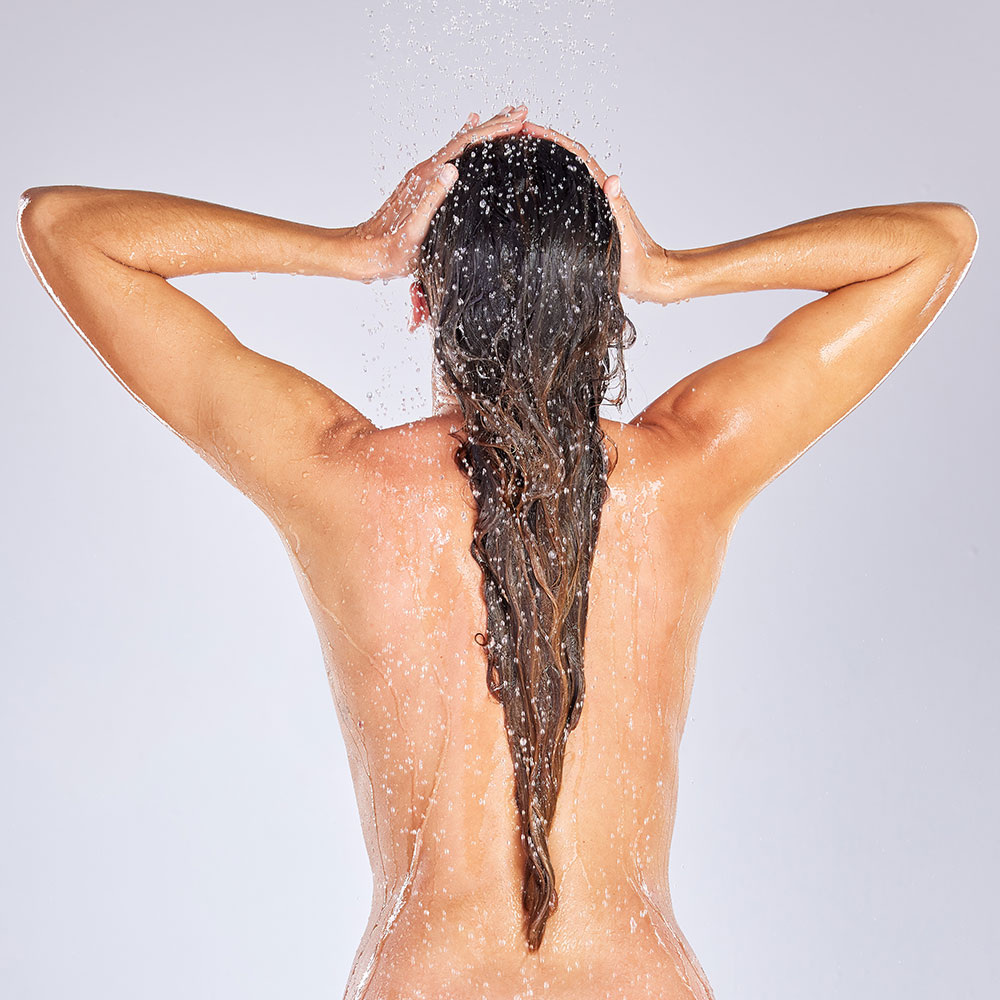
g. Documentaries, Books, and Interviews
Watching documentaries or reading books about the modeling and art world can provide deep insights into the experiences of other models and how they navigated their careers. Documentaries about iconic models or fine artists often include interviews where they talk about their personal journeys, the challenges they faced, and how they developed their craft. These resources can be both educational and inspiring, offering a broader perspective on the role of modeling in art and society.
Books by or about famous models, artists, or photographers—especially those who have focused on nude art—can also provide wisdom about the creative process, body positivity, and navigating the art world. By immersing yourself in these stories, you can find inspiration and perspective on your own journey.
h. Body Positivity and Empowerment Groups
Joining body positivity and empowerment groups can help you gain confidence and find like-minded individuals who share your goals. Many groups are focused on helping models embrace their unique bodies and express themselves through their work. Whether online or in person, these groups often foster a supportive environment where models can exchange stories, share experiences, and lift each other up.
You’ll also find mentorship opportunities within these communities, as more experienced models often serve as role models for those just starting out. These groups focus on creating safe spaces where people of all shapes, sizes, and backgrounds can feel empowered, supported, and inspired.
i. Podcasts and YouTube Channels
Many successful models, photographers, and artists have taken to podcasting or YouTube to share their expertise and experiences. These platforms offer a wealth of information, including tips on how to pose, how to manage your career, and how to handle challenges in the industry. Some influencers specifically target modeling for the art world or share insights into the ethical and emotional sides of nude modeling. Listening to these resources can offer practical advice and mental preparation for building a sustainable and meaningful career in nude modeling.

Books, Documentaries, and Exhibitions on the Art of Nude Modeling
Ready to explore the wider world of nude modeling in art and culture? There’s some seriously cool stuff out there! Check out this list of must-read books, documentaries worth watching, and exhibitions that showcase the beauty and complexity of the human form. Perfect for getting context, seeing different perspectives, and maybe finding your next favorite artist!
a. Books
- “The Nude: A Study in Ideal Form” by Kenneth Clark This classic book explores the history of the human body in art, offering a profound look at the nude form’s representation from ancient Greece to modern art. Clark’s analysis of the cultural and historical context of nude art makes it an essential read for anyone interested in understanding the evolution of nude modeling as a medium of artistic expression. The book tackles how artists have used the nude body to express ideals of beauty, purity, and human nature.
- “Naked: A Cultural History of American Nudism” by Brian M. Kennelly This book focuses on the cultural history of nudity in America, delving into how the nude body has been perceived and represented. It touches on themes of body positivity and social stigma, providing readers with a nuanced view of how nude modeling intersects with broader cultural trends, including the body positivity movement.
- “Body of Work: Meditations on the Human Form” by Hilda S. Ransome This book delves into the human form and the evolution of body art, including nude modeling. Ransome’s work is a powerful reflection on how artists use the body to convey deep emotional, psychological, and aesthetic truths. It’s an excellent resource for models looking to understand the intellectual and emotional layers behind the poses they take.
- “The Art of the Nude” by Michael J. Korman This book explores the nude as a central theme in art history, offering a detailed analysis of the nude body in paintings, photography, and sculpture. Korman’s book is filled with beautiful imagery, historical context, and artistic analysis that will resonate with anyone in the nude modeling or fine art photography world.
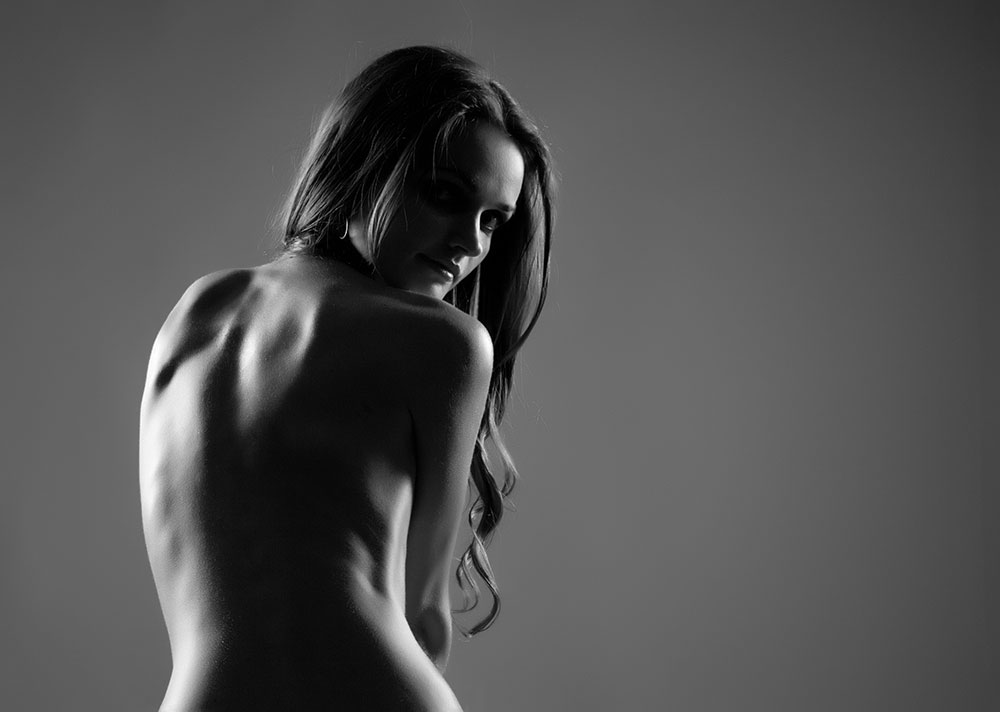
b. Documentaries
- Naked” (2012) A documentary that features both professional models and amateurs, “Naked” examines the art of nude modeling through the lens of different individuals who have worked in the field. It provides an in-depth look at what it means to pose nude for art, revealing both the emotional and physical aspects of the work. It’s a great documentary for those looking for a firsthand perspective of what nude modeling entails.
- “The Body Beautiful” (2001) This BBC documentary covers the representation of the human body in Western art, particularly in relation to the nude form. It explores how different artists have approached the body and how modern society’s ideas of beauty and nudity have evolved. For anyone looking to understand how the portrayal of nudity has shifted in contemporary art, this documentary offers valuable insight.
- “The Art of the Nude” (2013) A documentary that looks at the evolving history of the nude in art, including the challenges and changing perceptions of nude modeling. This film explores how modern photographers, artists, and models approach the human form, focusing on the diverse artistic expressions made possible through the nude.
c. Exhibitions
- “The Nude: A New Perspective” at The Tate Modern This exhibition, hosted at one of the world’s most iconic modern art museums, explores how contemporary artists have redefined the nude form in their work. Featuring renowned artists such as Lucian Freud and Egon Schiele, the exhibition delves into the complexities of the nude, covering topics from the body as a site of vulnerability to the power dynamics between the artist, model, and audience.
- “The Body Exposed: The Art of Nude Photography” at The Museum of Modern Art (MoMA) This exhibition showcases the work of photographers who have made nude photography an essential part of their practice. From classic representations of the human body to more modern and experimental approaches, the exhibit demonstrates how nude photography challenges traditional notions of beauty and the human form.
- “Nude: Art from the Collection” at The Los Angeles County Museum of Art (LACMA) LACMA’s exhibit explores the historical and modern representations of the nude in Western art, featuring a wide range of works from classical sculptures to contemporary photographs. It is a fascinating look at how the nude body has been used as a tool for artistic expression and how artists have navigated the boundaries between objectification and empowerment.
- “The Human Form in Art” at The Royal Academy of Arts, London This exhibition focuses on how artists have represented the nude body throughout history. It includes pieces from Renaissance paintings to modern conceptual art, illustrating the diversity of approaches to the human form. The show is particularly valuable for those interested in the changing role of nude art in relation to cultural and social shifts.
Continue Reading
- Everything About Nude Modeling / Part 1
- Everything About Nude Modeling / Part 2
- Everything About Nude Modeling / Part 3
- Everything About Nude Modeling / Part 4
- Everything About Nude Modeling / Part 5
- Everything About Nude Modeling / Part 6
- Everything About Nude Modeling / Part 7
Written By: Anh Nguyen
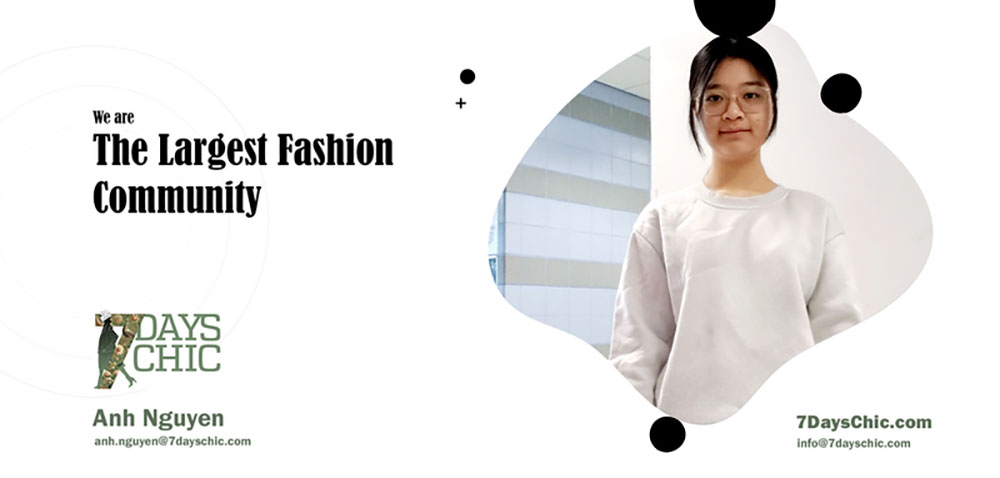


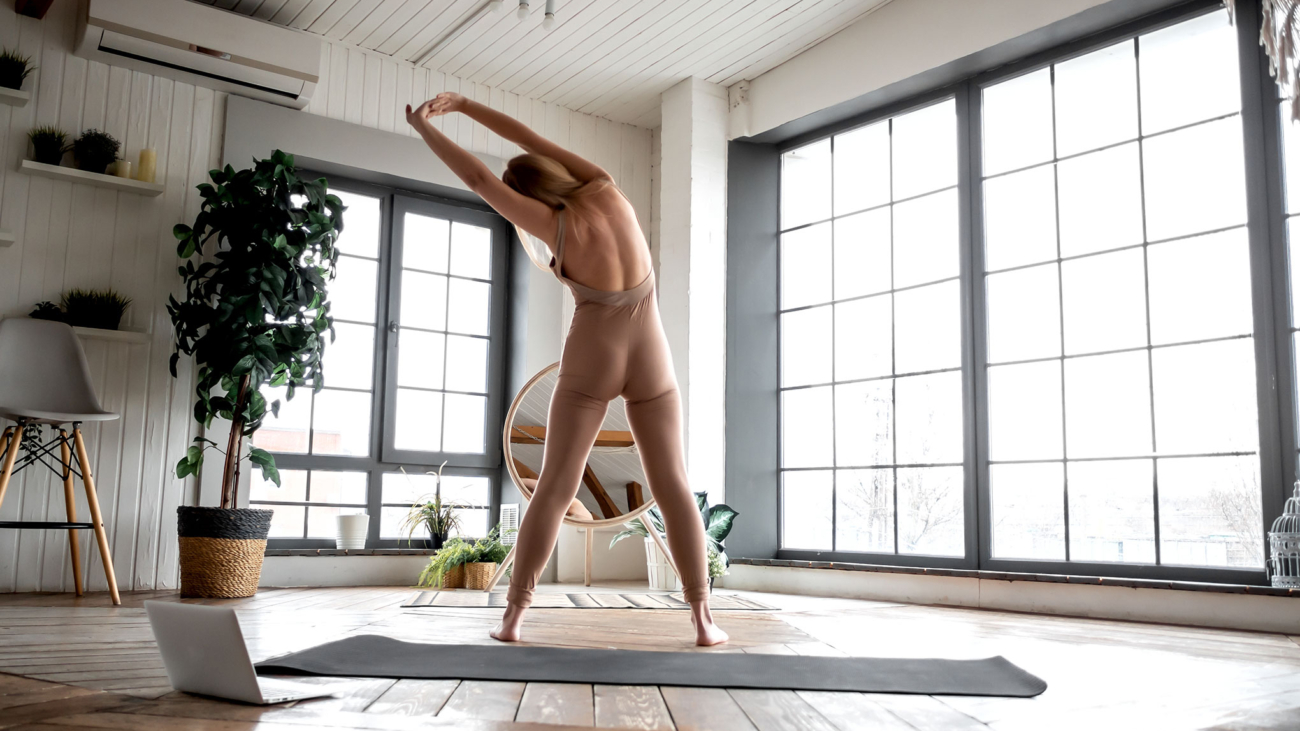
Add a Comment